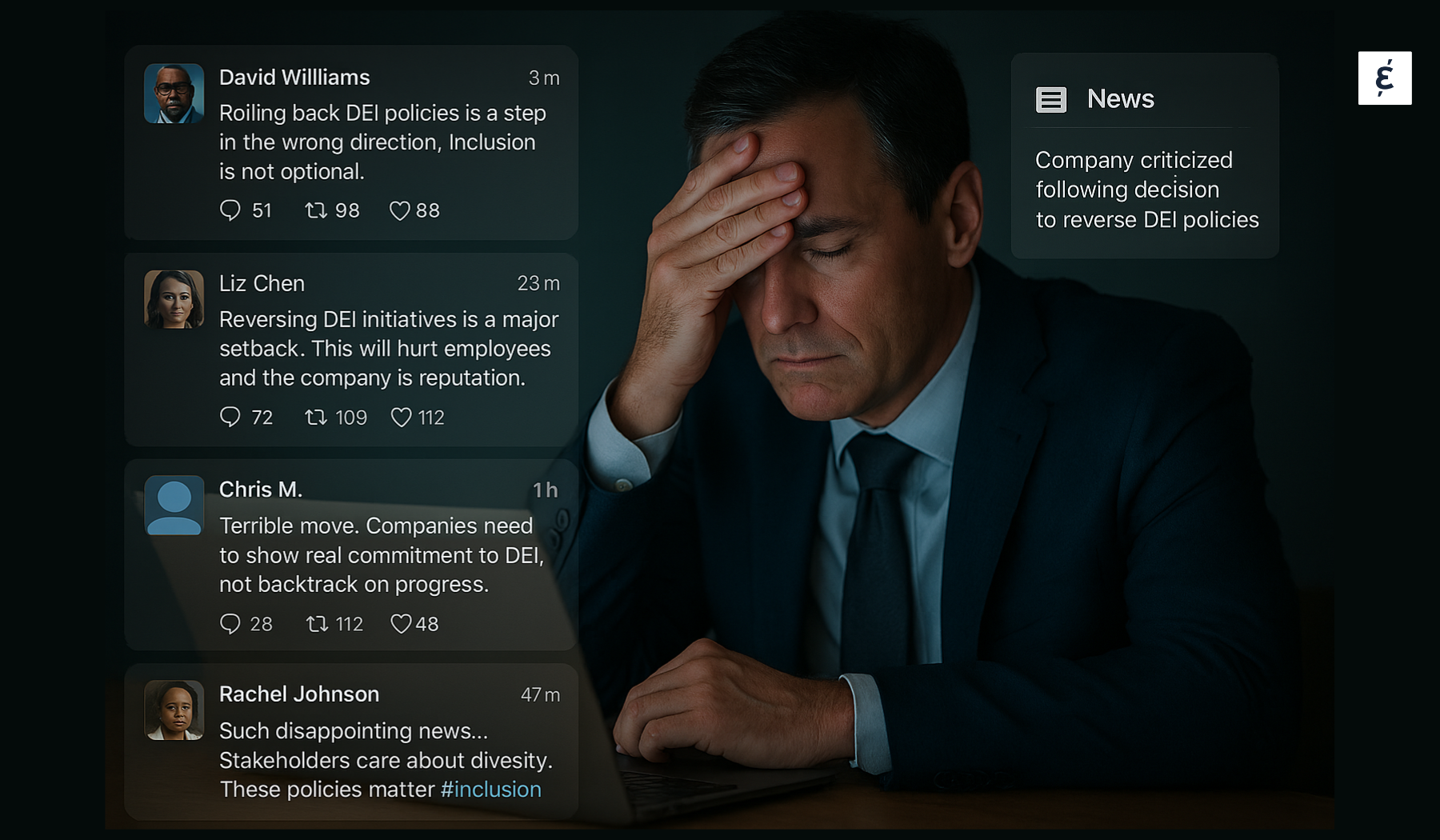This responsibility ultimately lies with the CEO, and it’s he or she who should encourage and facilitate collaboration within the corporate environment across functions and business units.
Without achieving real alignment between departments and respective executives, the task of “reputation managers” to eliminate the company’s reality-perception gap is nearly doomed.
Yes, they can do a lot to try and impact perceptions through communication, but at the end of the day, the shape of the tree will always cast its true shadow.
Formal processes and management tools are required – such as collaboration forums and KPI systems – but it’s active CEO endorsement and corporate executives’ “soft power” that will enable them to work with others in the organization and forge strong and effective alliances.
Corporate character is not just an attempt to replace “brand” or “reputation” with a new term. As Lincoln observed, it’s what actually matters.
Communicators cannot build and shape the company’s character on their own – they need the help of other teams, executives, and departments in their companies.
Managers need to get better at building these relationships – and business leaders need to get better at helping them. They can start by realizing that if you want a beautiful shadow, you need to grow a spectacular tree.








